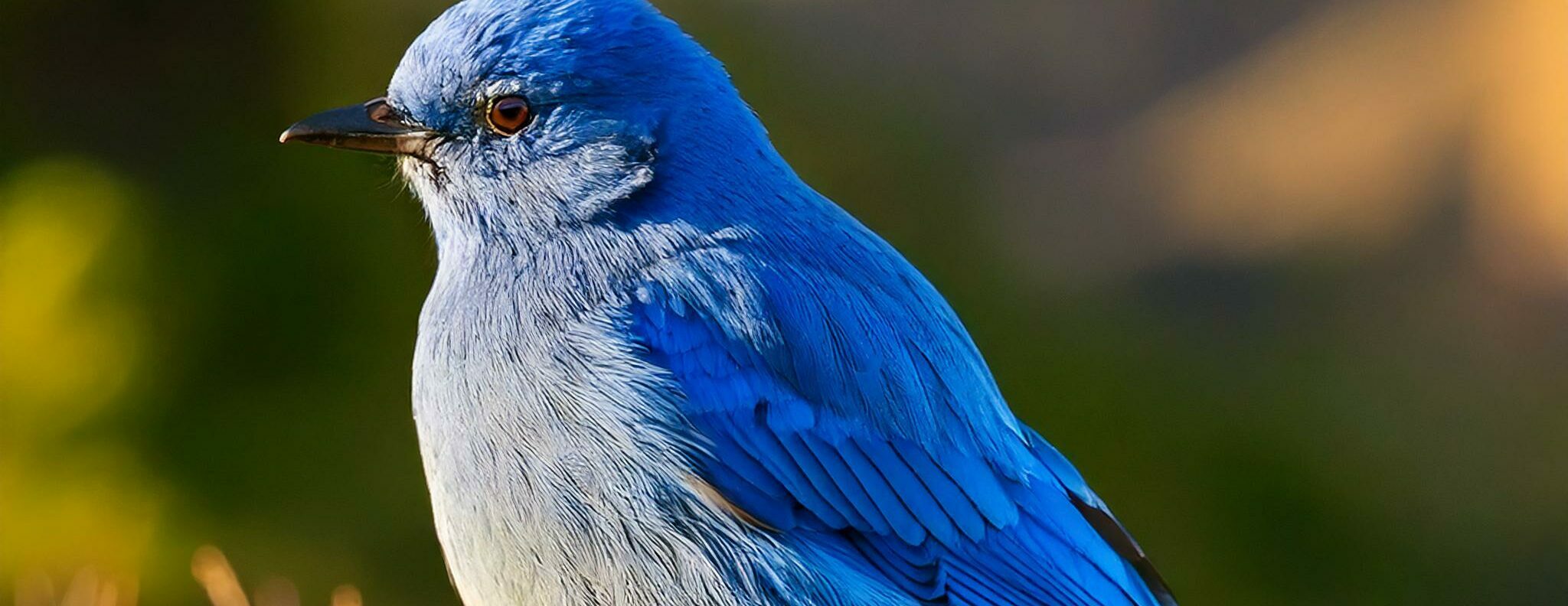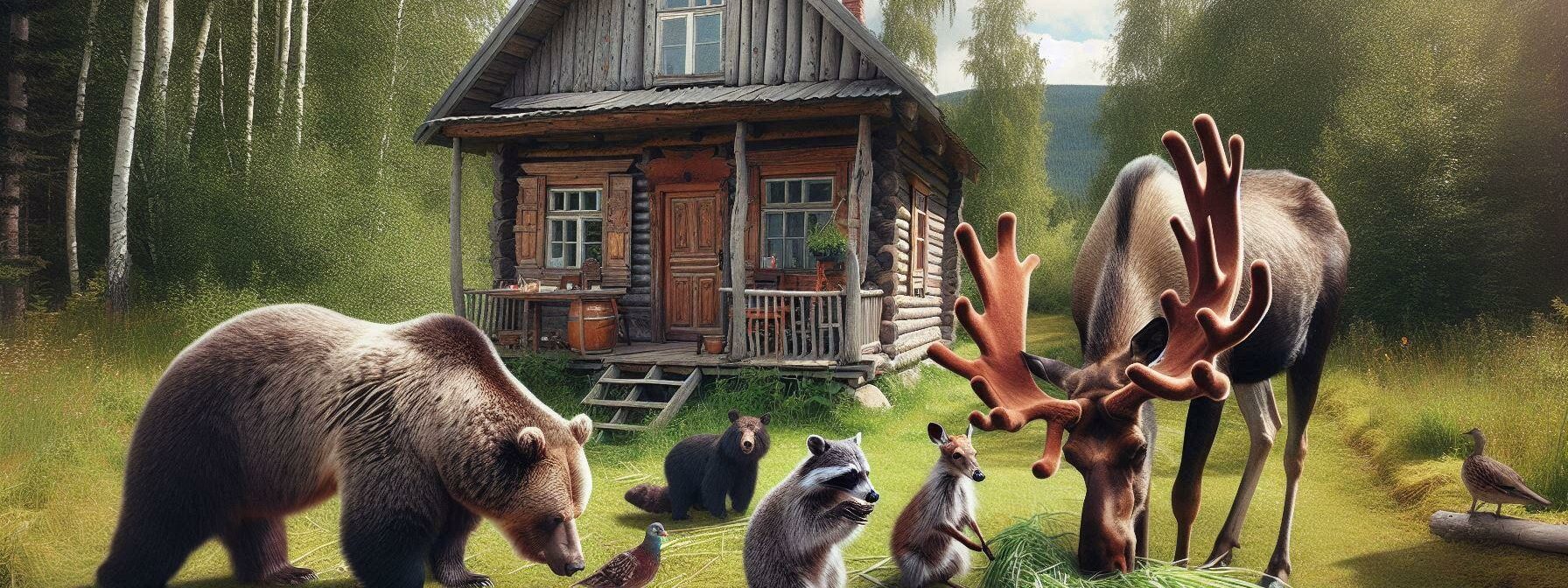The Canadian Lynx, with its tufted ears and thick fur, is one of those enigmatic creatures that seem woven out of snow and woodland mystery. Picture a wild cat that’s designed for the deep Canadian winters, slender yet robust, moving with a grace that’s equal parts shadow and ghost.
These lynxes aren’t just solitary wanderers of the North; they’re key players in their ecosystems. By hunting their favorite prey, the snowshoe hare, they help keep the balance in the forest. When their prey population spikes, so does the lynx population, showing just how closely their lives are intertwined with the rhythms of their prey.
Wildlife enthusiasts have grown concerned about how climate change and environmental shifts impact these animals. Milder winters and reduced snowpacks make it a tougher world out there for them. The snow they rely on for camouflage and hunting success is shrinking, shrinking just like their safe spaces.
Those big, furry paws are more than just cute — they’re built-in snowshoes for trekking across deep, powdery drifts without sinking. Throw in a short, stubby tail and ears tipped with black tufts, and you’ve got a predator perfectly outfitted for life amidst the spruce and firs.
Exploring the Habitat of the Canadian Lynx
Canadian Lynxes have a knack for picking the chillier, northern neighborhoods as their homes. Think dense forests and snowy plains, places where they practically blend in with their surroundings. Boreal forests are their go-to spots, thanks to the thick underbrush and tall evergreens offering plenty of cover.
Snow is vital to their existence, not just for hiding but for hunting too. With their snow-loving paws, these cats can wander effortlessly atop snowy landscapes, a trait that gives them an edge in tracking down their favorite meal — snowshoe hares.
Development and deforestation pose real existential threats. Human reach is expanding, and with it, roads and settlements are creeping into lynx territory, chewing away at the very fabric of the forest they need.
Thankfully, conservationists are stepping in with a toolkit of strategies to protect these magnificent felines. Preserving forest lands and managing logging practices play a big role in keeping their habitats untouched and flourishing.
A Closer Look at the Diet and Hunting Skills of the Canadian Lynx
Canadian Lynxes are laser-focused hunters, and snowshoe hares are their main culinary delight. Their menu might seem limited, but this reliance is a finely tuned evolutionary strategy. The snowshoe hare’s abundance directly influences the lynx population cycles — more hares, more lynxes, and vice versa.
These cats are stealthy predators, often employing a sit-and-wait method to ambush their prey. With powerful back legs and acute hearing, they can leap great distances and strike with precision. It’s a high-stakes game of patience and power in the frozen forests.
Availability of prey is a make-or-break deal for lynxes. During lean times when hare populations drop, lynxes might eat smaller rodents, but these don’t provide the nutritional punch required for maintaining their health and nurturing cubs.
They’re not the only ones after hares. Other predators like foxes and owls also stake their claim, creating a competitive food chain dynamic. Lynxes, however, have a slight edge with their snow gear paws and light weight that keeps them on the move where others might struggle.
Life in the Wild: Behavior and Predatory Challenges
Living the solitary life suits the Canadian Lynx just fine. Unless it’s mating season or a mother is raising her young, these cats prefer flying solo in their forest domains. Lynx cubs, born as cute bundles of fur, learn early how to navigate the challenges of their environment, honing skills by shadowing Mom until they’re ready to venture out on their own.
Roaming large territories is part of their survival strategy, allowing them to cover enough ground to ensure they get enough food. During the winter hunts, they silently patrol their snowy territories, proving that patience pays off. When spring rolls around, these boundaries might shift a bit as hares become more plentiful and competition relaxes.
Even the toughest of them face challenges that aren’t all about survival skills. Natural predators such as wolves and even cougars occasionally threaten them, though such encounters are rare. Bigger threats loom from environmental issues and scarcity of prey, factors that can tip the scales on their chances of thriving in the wild.
Their existence is a dance of adaptation, with each lynx learning and evolving to the shifting patterns of nature’s stage. From birth to becoming fully fledged hunters, Canadian Lynxes continue to mystify, embodying the resilient spirit of the northern wilderness.





